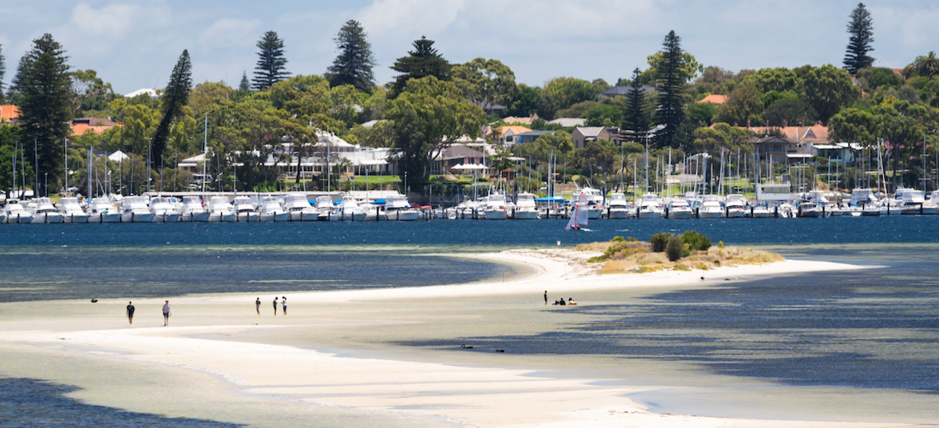Five takeaways on bar crossing with Bill Corten
July 13, 2017 2 min read

Words by Noob Spearo’s Isaac ‘Shrek’ Daly.
Bill Corten is a local South East Queensland boating legend that’s seen more than his fair share of boating mishaps as part of maritime safety in Queensland. Bill, once a spearo himself, has been running coastal bar crossing courses in South East Queensland for many years on board his Cruise craft, Reel Affair. We recently spoke with Bill about coastal Bar crossings and what you need to know about staying safe when crossing a coastal bar.
- Maintainence
- Do your home work
 Crossing the sandbar at the Currumbin Alley creek mouth can be a real challenge.
Crossing the sandbar at the Currumbin Alley creek mouth can be a real challenge.- Crossing the bar
Throttle onto the wave and back off at the crest to land gently on the other side. Once you've landed, put the throttle back on and race to the next wave and repeat.
If a swell is big and steep, then approach from straight on. If it’s rounded, approaching at a subtle angle of 10-15 degrees works well as it allows you to approach the wave a lot faster and gives a softer landing.

- Stay calm
- Returning through the bar
Choose a big wave in the set and motor high onto the back of it. If the bar is shallow this will keep water under the transom and stop you from bottoming out.


